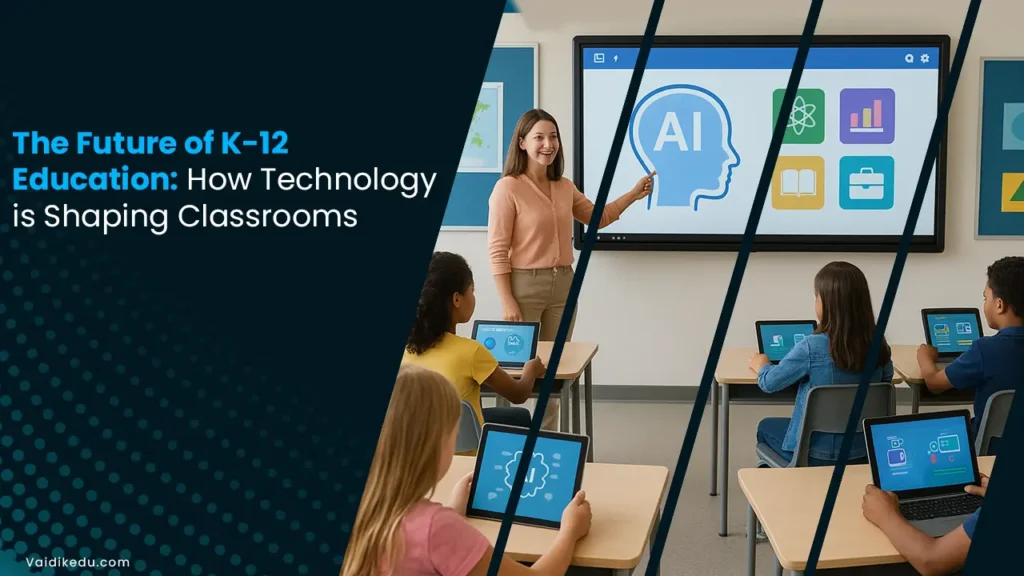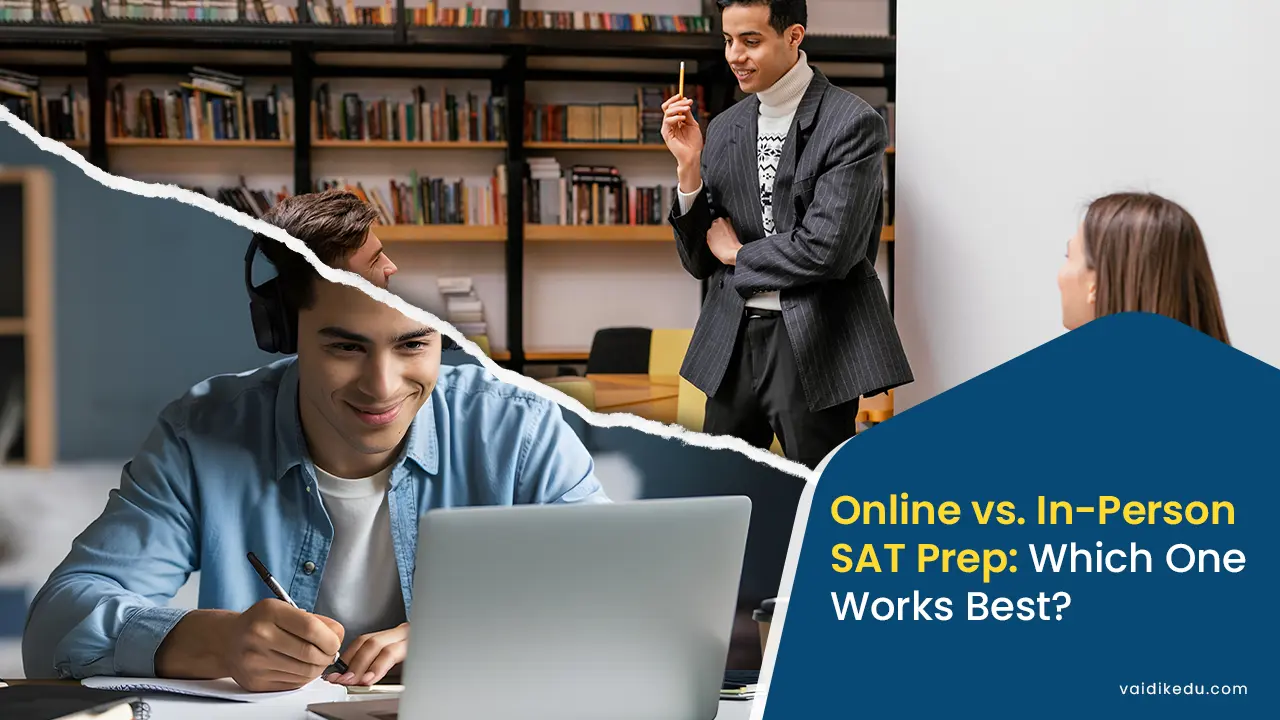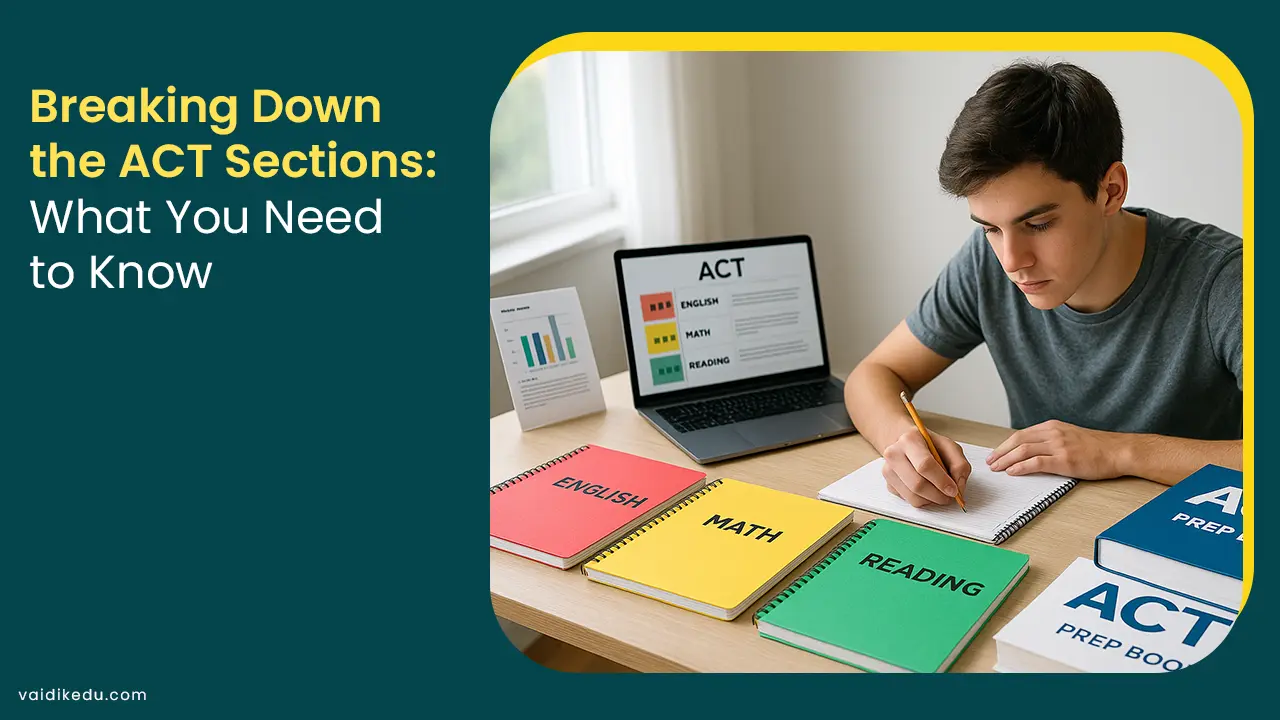The future of K-12 is once again highlighted by futuristic technology, which creates new opportunities for students, teachers and schools. From the experience of personal education, from the online synthesis of information such as immersion devices, circulating industrial traditions, abolition, development and evolution the areas are similar to characters in education and how they are learned not only by students but by teachers and not by teachers.
They also enhance how schools teach how they teach. In this accelerated environment, to break down technological barriers, to immediately provide the resources, to help the students develop the necessary skills, as we see the future, so that mind is important, the idea and the opportunities in this digital transfer are important, proportionate to the practical and easily profitable. The next pipe happens to give the teachers feedback.
How Technology is Shaping Classrooms
There is no doubt that the future of K-12 education has been reduced to a highly technological one and its impact is felt more intensely each year. Not only does technology enhance the learning experience, it also transforms students, teachers and schools as they work while working. As it looks here:
1. Individual instruction
The technology allows for more personalized educational experiences. Students can achieve through digital devices, seminars and quality educational programs.
AII-Operated stages can follow the script and develop exercises based on the strengths and weaknesses of each student, which can give a much better education. This can help to support students in particular and help students who need to be included or enriched.
2. Acceptance of information And Resources
The internet has revolutionized the online, by which students get information. The days of relying on textbooks have become obsolete. Educational videos, interactive simulations, learning journals, real-time access, etc. are online resources.
This not only facilitates the depth of learning but also urges the students to explore their topics beyond their traditional curriculum.
3. Networking Tools
The integration of cloud-based stages like Google class, Microsoft teams, educational applications, etc. has been largely seamless. It’s easy for students to collaborate on projects, to share the documents, to communicate in real time, to be in the same room or world or halfway.
This enhances crowdsourcing and recognizes that the valuable skills of the students are essential as today’s digital assignments are needed.
4. The Virtual And Augmented Reality (VR/AR)
Virtual and Augmented reality are engaging their way to the classroom, offering study experiences that are involved.
For example, students can attend farm roofs that seem to be historically in various parts of history or inspect the human body in 3d. This technology produces visible and advanced ideals, especially in science, history, and art.
5. The game of playing
Patenting tools is becoming the most popular in K-1 Sports and communications are being used to teach everything from math and reading to the solutions to strict thoughts and problems.
Gamific gives students a share in it, moves them to study, and makes the process more enjoyable. Platforms are like Kahoot!, Duolingo, and Minecraft Edition.
6. Discretion Based on Data
The technology enables them to accumulate time at real times, which can be used to follow students and to gain insight into areas where they may need to be effective.
Teachers can identify a student’s struggle and other arrangements and make adjustments to their teaching methods properly. Dante also helps schools and circuits to make good decisions about sharing, the study program, and the scheduling adjustments.
7. Remote And Hybrid Learning
Since the COVID-19 epidemic stressed the importance of distant study, many schools have since combined a mixture of study that combines personally and on the Internet. Virtual classrooms and the internet have made education more flexible.
As a result the students with some health issues, who can not attend the school physically, become able to avail education with equal opportunities like the students who come to school.
8. Teacher’s Work Development
Motivation is changing not only with the study of students, but also by teachers. Internet conferences and divination give teachers employee development opportunities.
Teachers can acquire webinars, Internet study and offices to improve their knowledge, continue to develop new information, and learn how to use technology to include their teachings.
9. Intelligent Design And Application
Artificial intelligence can also help with administrative tasks, such as scheduling or tracking student attendance, allowing teachers to spend more time focused on teaching.
10. Strengthening
Technology has the power to make education relevant and accommodations. Students with disabled benefit from equipment such as the species of speech and script, screen Readers and other technology. Virtual academy and Internet levels allow students with the needs of learning and organization to adjust.
Challenges And Considerations of implementing technology in K-12 Classroom:
Although the technology holds great promise for the future of education, it presents many invitations and perspectives that must be addressed in order to ensure and match its effectiveness and equity. Here are some special invitations:
- Leveraging The Digital Divide And Equality
There is an important call for all students to have the same entry level into the technology required for modern education. Although some students have high levels of achievement and achievement in movement and online, these resources are not available in rural or rural areas.
- Teacher Training & Professional Development
As the cycles gather pace, teachers need to be equipped with skills to use these tools. However, many education professionals would not have sufficient training to make technological changes in their preparation programs. It is important that teachers can guide the new technologists, integrate them into their teaching practices and make them want tools that have always been developed.
- Cyber Security And Data Privacy
With increased use of digital platforms comes increased risks to student data privacy and security. Schools need to be reasonable in protecting sensitive information, especially personal information, academic records, and behavioral protocols that are increasingly being collected and shared by these cybersecurity concerns is essential to building confidence in technology-enabled education.
- Over-Reliance on Technology
Although technology can increase technology, students are concerned that they are too dependent on the students, thus influencing their critical thinking, creativity, and influence.
Frequently Asked Questions
Technological awards, the seeds, and so forth help teachers, spend a lot of time to guide the teachers. This gives them real time to watch the students’ development, care for the students’ needs, and the changing classes, and conversing with the students and the parents. The Internet conference can have teachers about working development, work with their fellow students, and today about new educational improvements.
No, technology is unlikely to replace traditional teaching methods. Rather, it helps and enhances it. The role of the teacher in promoting critical thinking, emotional support, and a positive classroom climate remains critical. Technology provides tools that make education more dynamic and personalized, but human interaction and traditional teaching methods remain central to student achievement.
Artificial intelligence is using increasingly useful work in the K-12 doctrine by offering study experiences on everyone. AI-powered platforms can analyze students’ work and consistently consist of individual needs. Furthermore, the chatbots and virtual tutors can help in household chores, and they provide promptly. However, it is important to use AI in good manners and to support teachers’ work.









